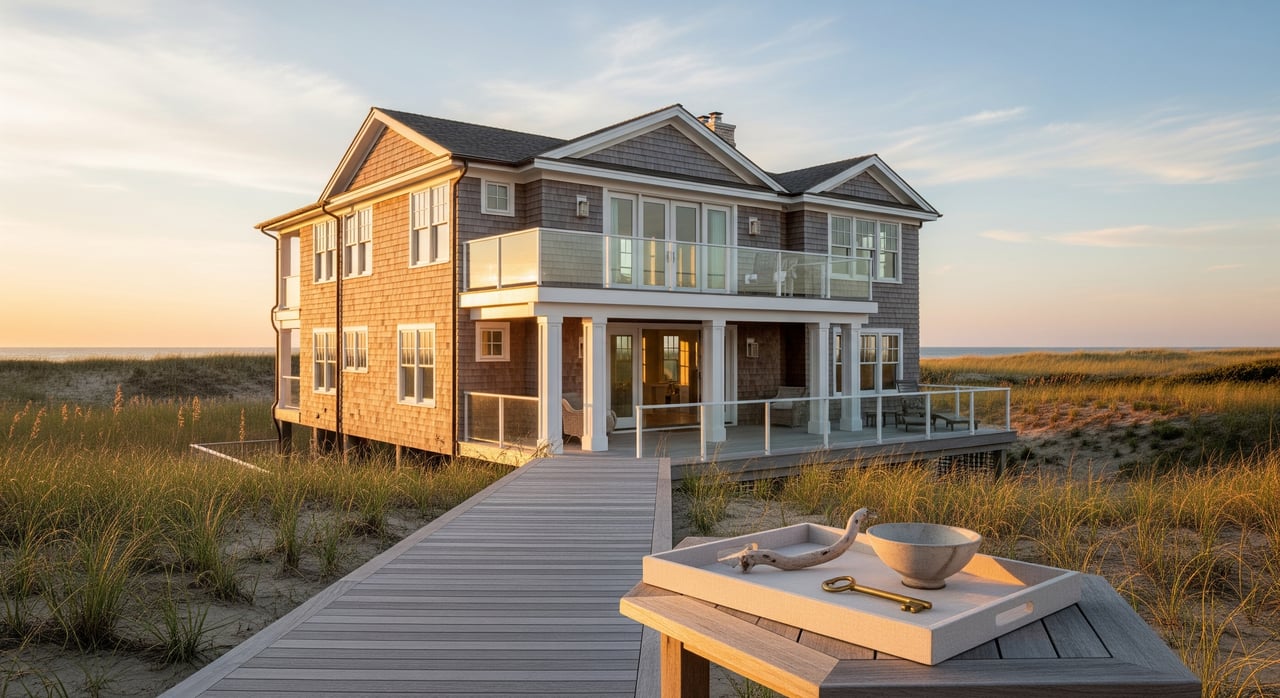In 2019, home sales increased 1.5% year-over-year on average in the top 10 markets combined. While modest, this defied the broader sales declines observed everywhere else in 2019. Additionally, home prices increased 6.5% year-over-year on average in the top 10 markets combined. This will contrast with the much more moderate 3.8% in the top 100 largest markets.
From a housing perspective, Realtor.com expects this momentum to help fuel further growth in a more challenging 2020, with home sales in the top 10 markets combined to increase 2.4% year-over-year on average. This will defy the 1.8% year-over-year decrease expected nationally. Additionally, Realtor.com expects closing prices in the top 10 markets combined to increase 3.1% year-over-year on average. As with sales, this will contrast with the much more moderate 0.8% increase expected in the rest of the country.
Fewer supply constraints mean more options for buyers
Demand for homes in the top 10 markets grew strong in 2019 given the relatively healthy supply of homes at entry level price points, a rarity in most markets. The search for affordability has attracted hordes of buyers into these markets, with active listings decreasing 11% year-over-year as the year wraps up. Effectively, the supply of homes is eroding two times more rapidly than the rest of the country. However, in many of the top 10 markets, constricted supply is a relatively new issue and the total stock of inventory still remains rather typical and in a good position to absorb growth, especially when compared to other fully eroded markets. At the end of 2019, the number of active listings per one thousand owner occupied households in the top 10 markets combined stood at 15.5 listings, virtually the same as the largest 100 markets combined at 15.2 listings, and well above the average of the 20 most supply distressed markets at just 9.0 listings.
Lower price tags make them a glaring target for both buyers and sellers
In years to come, the big draw to the top 10 markets will continue to lie in their absolute levels of affordability, even more so than in years past. Despite recent price acceleration, both asking and closing prices still sit at attractive levels and below U.S average, thus allowing for extra room to grow.
At the end of 2019, the median asking price in the top 10 combined sat at $292,000, with 7 out of the 10 markets priced below the U.S. median of $312,000. The lower price tag has already fueled strong demand and given sellers leverage, enabling a glowing 7.6% year-over-year combined average increase. Price gains in the 10 markets have visibly outpaced that of similar sized markets, which have seen a more modest 4.3% year-over-year increase. Similarly, the median closing price in the top 10 combined sits at $213,000, with 7 out of 10 markets also below the U.S. median of $259,000.
Lower barriers to entry enable greater accessibility and buyer diversity
While household income in the top 10 combined remains below the U.S. average, at $56,000 and $63,000 respectively, the smaller dollar entry point more than makes up for the relatively modest incomes. The result is a frictionless path for prospective buyers and investors of all ages, and especially out of market buyers. Effectively, the typical monthly payment for a homebuyer in the top 10 markets combined is about 18% lower than the rest of the 100 largest markets, averaging out at $1,400 and $1,700 respectively.
The income requirement to buy the typical home in the top 10 markets combined is just below the recommended threshold of 30 percent. Even with incomes factored in the top markets are devoid of the affordability challenges found in the larger coastal markets, hence powering local demand. While interest from existing residents is healthy, it is out of region and new residents driving much of the growth. Realtor.com online search data shows the top 10 markets are attracting significantly higher interest from out of region buyers, with searches from external buyers looking in outnumbering searches from local buyers looking out by 76 percent. Crucially, this inflow of demand from out of market buyers is particularly high when compared to the largest 100 markets combined, which see inbound searches outnumbering outbound searches by just 15 percent.
Millennials aged 25-34 are the dominant group in all but one of the top 10 markets, with buyers in that group taking 39% of all mortgages on average. However, there is good diversity in the generations driving demand, with Baby Boomers aged 55+ taking a particularly high share of purchases in Boise and Tucson, Gen Xers aged 35-54 over-represented in Columbia and Memphis, and Millennials aged 18-34 taking the lion-share in McCallen and Rochester.
While smaller in size, the top markets boast growing economies even as the rest of the country slows down
While the 10 markets are still among the top 100 largest markets in the country, the 10 combined average just 330,000 households, well below the average of the top 100 largest markets of 828,000. In recent years, their relatively smaller secondary profile has sheltered them from overheating, instead absorbing demand and growth from their larger overpriced nearby markets. In 2019, their local economies have experienced higher, more sustained growth, and while 2020 should bring some deceleration, it will be more moderate than other places in the country. This year, local GDP in the top 10 combined grew notably higher on average compared to the largest 100 markets, with a 4.3 and 3.8 percent year-over-year increase respectively. In 2020, the gap will increase, with the top 10 markets continuing to outpace the largest 100 markets, with a 3.9 and 3.2 percent year-over-year increase respectively.
More jobs and higher salaries continue to attract new residents and prospective buyers
A strong jobs market in 2019 has put these markets in a strong position for growth in 2020, even as the rest of the country moves along a slowing trajectory. Job creation carries momentum going into the new decade, with new jobs growing at 2.1% year-over-year on average, contrasting with zero growth in similar sized markets. The top 10 markets promise of more jobs and higher salaries has attracted new residents and prospective buyers and that trend should continue in 2020. Indeed, household formation grew in the top 10 markets grew faster on average than the rest of the larger markets, with a 1.8 and 1.4 percent increase year-over-year respectively. This growth in population should moderate slightly in 2020, but the 10 markets should hold the advantage, with a 1.5 and 1.1 percent increase year-over-year respectively.
Copyright w permission NAR




